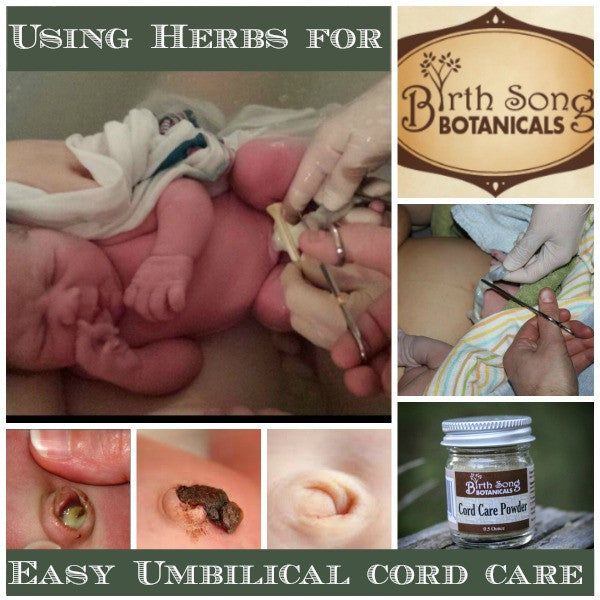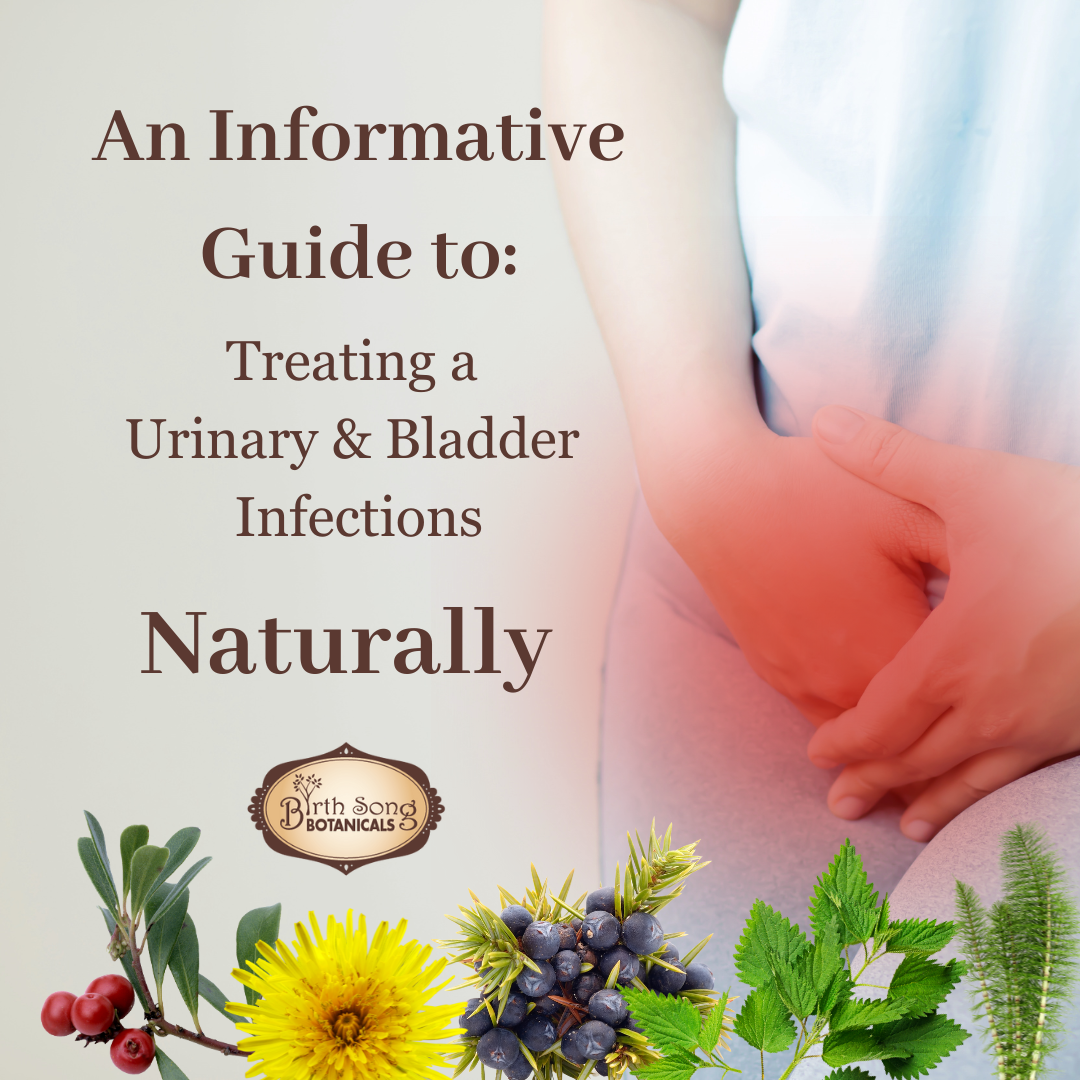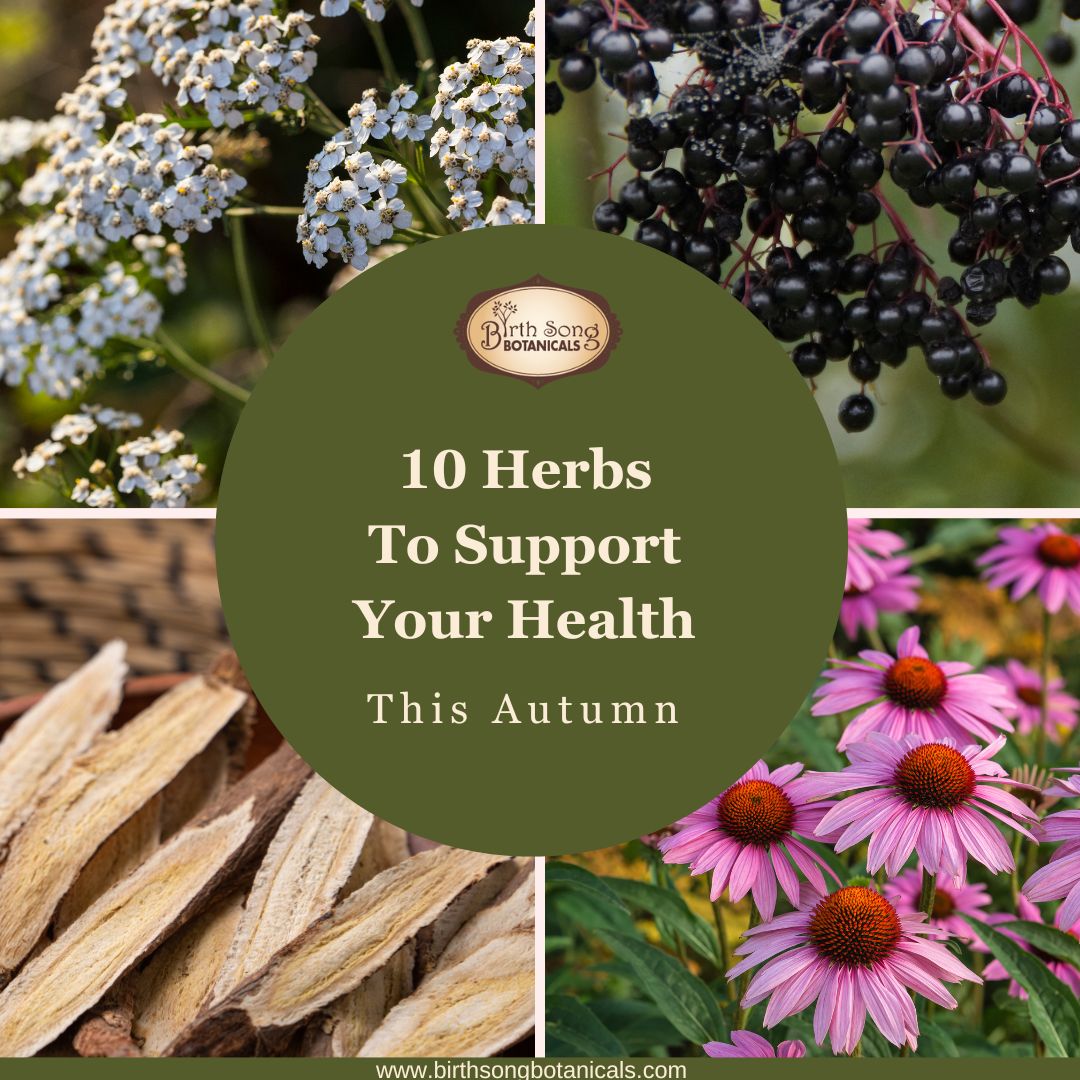Using Herbs for Easy Umbilical Cord Care

Cutting the cord is such a momentous occasion that it’s become a metaphor for a transition into independence. But after the ceremonial cut is over and the beautiful moment has passed, what you’re left with is anything but beautiful. Umbilical cord care can be annoying at best and an infection risk at worst.
Learn here how to use herbs to help the cord stump heal better, faster, and safer.
The Unpleasant Umbilical Cord
With your first child, the umbilical cord may be a bit of a surprise. Keeping pressure off of it, keeping it clean, and helping it heal is just another thing to worry about on top of having a new person to get to know. And to make matters worse, there are all kinds of schools of thought as to how to care for it.
The umbilical cord served as your baby’s lifeline in the womb, transferring nutrients and filtering oxygenated blood between you and her via the placenta. After birth, most midwives and many birth care providers will allow that transfer to stop before cutting the cord. The tight, purple-red cord will loosen up as the transfer of blood stops, and the cord will be loose and gray-white, though still somewhat fibrous and tough.
To make sure the cord doesn’t bleed in the first day or so, it will have a clamp on the end of it. When the clamp comes off, though, there will still be a good bit of cord left. It’s called the umbilical cord “stump,” and it has a good bit of healing left before it falls off.
You might see it clamped off with a crimped end, and it could be close to baby’s belly or sticking out a couple of inches. It will begin moist and somewhat large, and will then shrivel and dry over time, eventually falling off completely. Finally, the belly button will take another week or so to heal completely, and you can enjoy that little innie or outie just begging for kisses and raspberries.
In the meantime, though, no one wants to give kisses anywhere near the cord stump. It can look pretty gross or even scary, with some appearance of oozing and gooiness. It stinks, flops around, and can leave spots on baby’s clothes. It has to stay out of the diaper (a feat with thick cloth diapers on a little bum) and can be a portal for infection.

Using Herbs for Umbilical Cord Healing
You may be told a number of things for umbilical cord care, from just keeping it dry to putting peroxide or even rubbing alcohol on it. Baths or no baths? Keeping it uncovered? What can baby wear over it? Is this really life for the next two or three weeks?
My clients and I have found that umbilical cord care doesn’t have to be complicated, long-lasting, or confusing. While I can’t promise it won’t still be somewhat gross or stinky, treating the cord with herbs can make a shorter, easier healing time.
These are the herbs I’ve used for umbilical cord care, combined into a simple to use cord care powder.
-
Neem. An herb native to India – one of the oldest cultures to use herbal medicine – neem has been used for centuries as a healing plant, specifically for the skin. As one of the powdered herbs in our cord care formula, neem helps to ward off infection and speed the healing process.
-
Myrrh. Myrrh is a fragrant resin that pours from a tree, used as a whole herbal treatment or sometimes distilled into an essential oil. I’ve chosen to include the myrrh gum-resin in my healing blend, powdered, for its soothing, healing, antiseptic and antimicrobial benefits.
-
Yarrow. An anti-inflammatory herb, yarrow is a lovely little flower that thrives locally. Yarrow is used for all kinds of skin infections and irritations. Adding it to the powder helps to counter that puffing, oozing inflammation and help the skin to heal quickly.
-
Oregon Grape Root. A more sustainable alternative to the popular immune booster goldenseal, Oregon grape root is included because it helps more than just a stuffy nose. Topically, Oregon grape root is used for healing and soothing inflammation and irritation.
- Lavender. Another anti-inflammatory and infection prevention, lavender is almost a given in any healing preparation. On top of that, lavender powdered into the umbilical cord care blend helps to make a gentle, enjoyable overall scent to help cover that stinky cord-healing smell.
For extra healing and the chance to enjoy baby in her first environment, cuddle them in a postpartum herb bath. The herbs will help to heal the cord, even though they are submerged in water.
With healing herbs in cord care powder, we see cords fall off just four or five days after birth. It’s so freeing to enjoy time with your brand new little one without worrying about that nasty little cord stump! After the cord is off, the healing herbs can be used for many other owies and scrapes, too.





